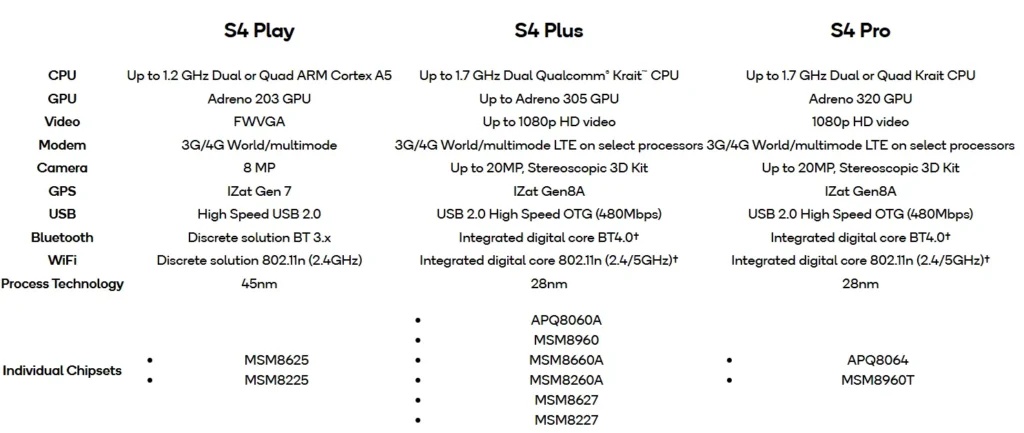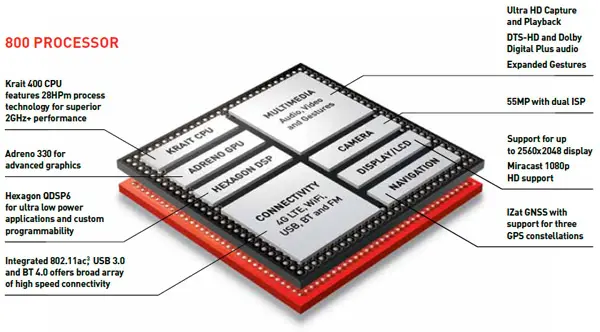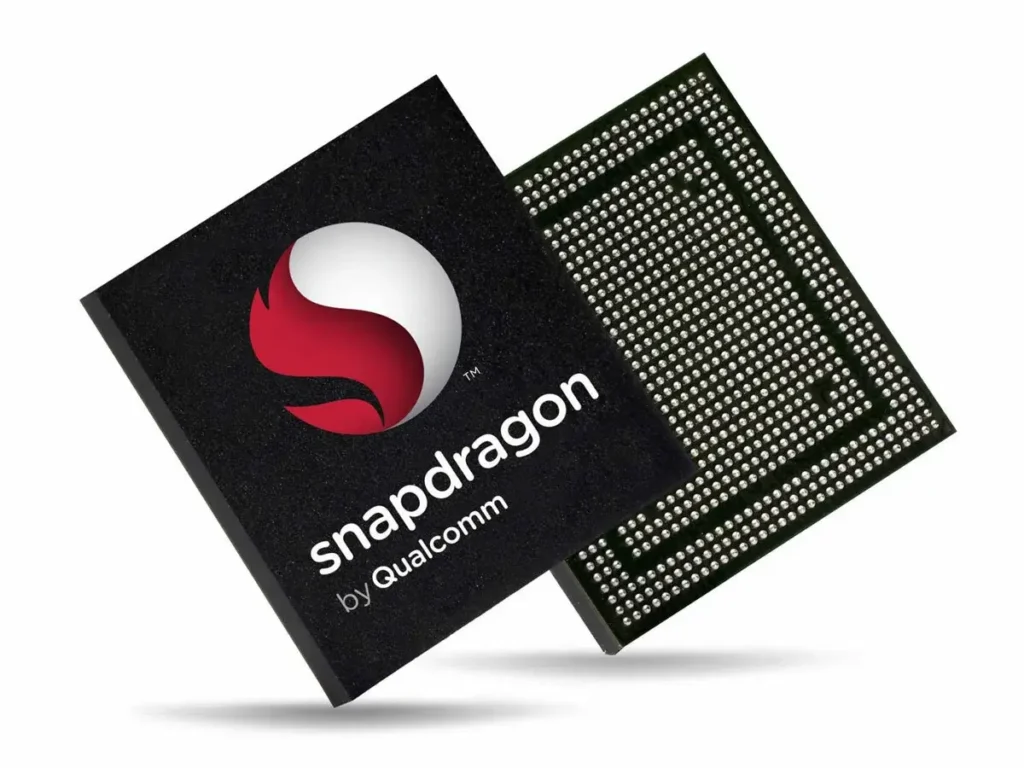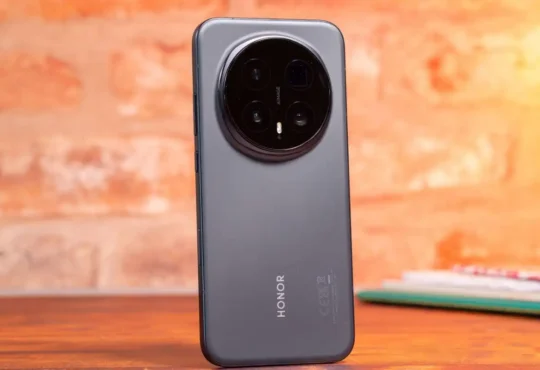When we talk about mobile processors, Qualcomm Snapdragon consistently stands out as a leader in performance and innovation. Known for powering some of the world’s top smartphones, Snapdragon processors offer high speeds, cutting-edge AI capabilities, and efficient power management, making them essential for flagship devices.
This article delves into the history of Snapdragon processors, explores the innovations Qualcomm has introduced, and considers what the future might hold for this pioneering chip series.
Snapdragon Processor History
The story of Snapdragon began in 2007 with the launch of the first Snapdragon processor, named “Scorpion.” Designed initially for Windows Mobile, it marked Qualcomm’s early foray into the mobile world, soon transitioning to support the then-emerging Android ecosystem.
Snapdragon processors quickly gained recognition for their integration of critical smartphone functions like the CPU, GPU, ISP, and DSP into a single SoC (System on Chip). This design allows for compact, high-performance devices that are both powerful and efficient.
In 2011, Qualcomm introduced the Snapdragon S4 Pro, a processor with custom-built architecture known as “Krait.” The innovative Krait design delivered higher speeds and improved power efficiency, setting a new industry standard and ensuring Snapdragon’s presence in flagship devices.

Then, in 2013, Qualcomm released the Snapdragon 800 series, which offered faster CPU speeds, enhanced graphics processing, and built-in 4G LTE connectivity—all hallmarks of a premium smartphone experience.

Key Features of Snapdragon Processors
Snapdragon processors are popular not only for their performance but also for their unique features, which make them versatile and capable of meeting modern demands. Here’s a look at some standout elements.
- High Clock Speeds and Power Efficiency: Snapdragon processors have always been known for achieving high clock speeds, which ensure quick processing without draining battery power excessively.
- Advanced AI Processing: Qualcomm continually enhances its AI capabilities, which improve voice recognition, image processing, and even battery life management.
- Top-Tier Graphics: Snapdragon’s Adreno GPUs bring high-quality graphics, which are essential for gaming and multimedia applications, making Snapdragon the choice for gamers.
- 5G Connectivity: Snapdragon processors lead the market in 5G integration, offering fast internet speeds and smooth streaming, especially in the Snapdragon 8 series.
Snapdragon in Flagship Smartphones
From Samsung and OnePlus to Google and Xiaomi, top smartphone brands rely on Snapdragon processors in their flagship devices for the ultimate mobile experience.

Qualcomm’s Snapdragon 888 and 8+ Gen 1 processors, for instance, have become popular choices for high-end Android phones, thanks to their powerful AI capabilities, enhanced 5G connectivity, and impressive graphics.
Each new release builds on the strengths of previous models, introducing even more refined performance, which solidifies Snapdragon’s place in the competitive flagship market.
Snapdragon vs. MediaTek: The Competitive Edge
While Snapdragon processors dominate the high-end segment, MediaTek is a close competitor, particularly in the budget and mid-range segments. MediaTek’s Dimensity series has brought impressive features and reliable performance at affordable prices, making it popular in entry-level and mid-range devices. This competition has driven Qualcomm to continue innovating, especially in its Snapdragon 800 series, which is well-regarded for its efficient performance and rich feature set. However, Snapdragon often has the edge in terms of power, graphics performance, and 5G capabilities, making it the preferred choice for flagship devices.
Snapdragon’s Recent Innovations and Future Developments
Looking forward, Qualcomm continues to push the boundaries of mobile technology. Snapdragon processors are expected to introduce even more advanced features, including improved AI, faster machine learning capabilities, and better VR/AR integration. Qualcomm has also started expanding the Snapdragon ecosystem into laptops and other devices, with the goal of bringing the same efficient, high-speed performance to other tech sectors.
The recent Snapdragon processors already support advanced functionalities such as 144 Hz refresh rates and high-quality camera outputs, which make them versatile for different tech applications. As Qualcomm continues to refine its processors, we can expect to see Snapdragon play a key role in defining the next generation of smartphones and computers.
Final Words
The evolution of Snapdragon processors from the early days of Scorpion to the latest flagship Snapdragon 8 series highlights Qualcomm’s commitment to pushing the boundaries of mobile performance, AI integration, and connectivity.
For over a decade, Snapdragon has been at the forefront of innovation, delivering high-quality, reliable performance to smartphones around the world. With Qualcomm’s ongoing advancements in technology, Snapdragon processors are sure to remain a staple in the mobile industry, powering the most advanced devices and offering users a seamless, efficient experience.
A big thank you for exploring TechsBucket! Your visit means a lot to us, and we’re grateful for your time on our platform. If you have any feedback or suggestions, we’d love to hear them. Looking forward to serving you again soon!


